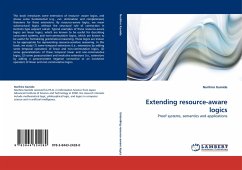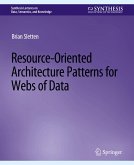This book presents some models for spatially-structured predator-prey populations. It addresses the issues of spatial structure and predator-prey interactions, and studies optimal harvesting for the populations. These issues are very important in the development of prudent management for the exploitations of natural resources. The book explores two common features of biological populations simultaneously: biological interactions and spatial structure. It includes relevant features that occur in most commercial marine populations, that is, predator-prey interactions, and takes into account the existence of the exchange of individuals between subpopulations, which is a common phenomenon in nature. The existence of this phenomenon is studied via metapopulation approach. Some mathematical models of commercially exploited populations are then developed and the question of how to harvest a predator-prey metapopulation is addressed. Optimal harvesting strategies are found using dynamic programming and Lagrange multipliers. Rules about harvesting source/sink subpopulations, more/less vulnerable prey subpopulations and more/less efficient predator subpopulations are explored.








